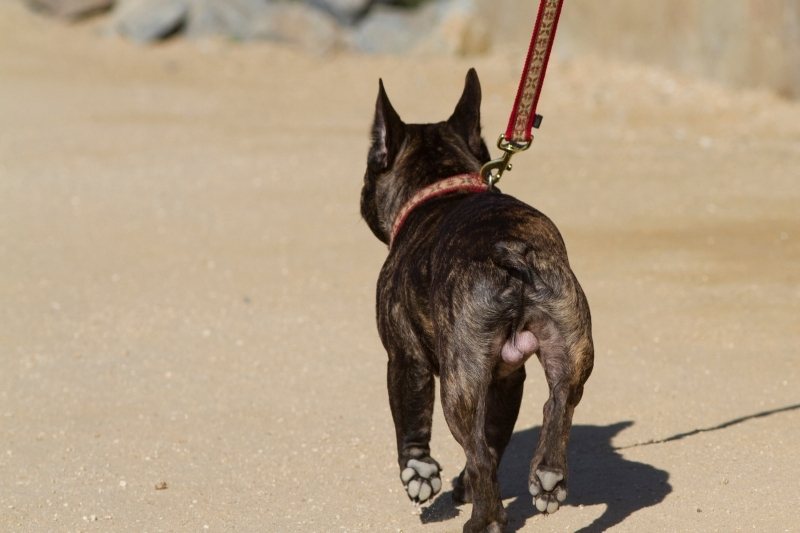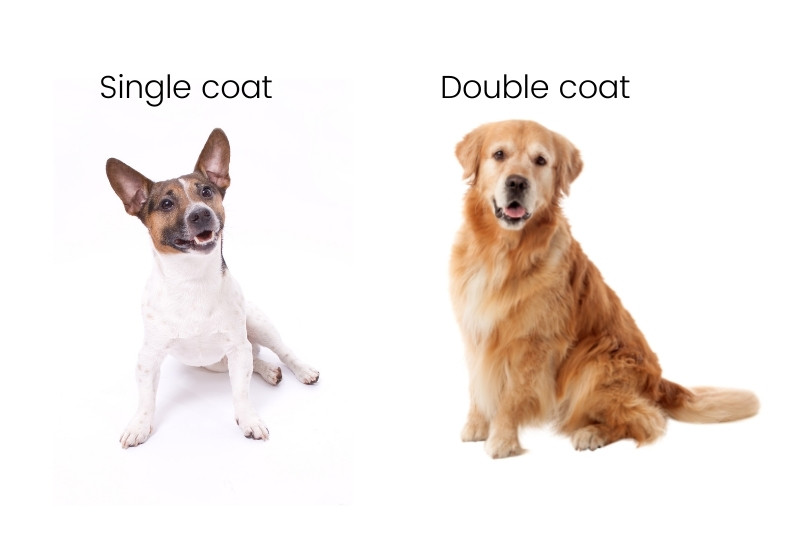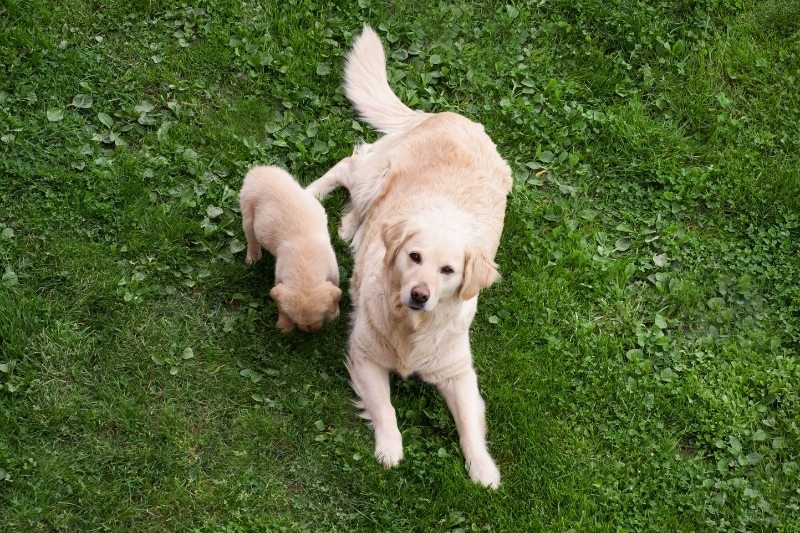Do French Bulldogs have tails?

The French Bulldog has a lot of adorable characteristics, one of which is the tiny, barely noticeable tail. In fact, you may find yourself wondering whether a French Bulldog has a tail at all.
You may also wonder whether French Bulldogs are born with such short tails or whether the tails are docked.
So, do French Bulldogs have tails?
French Bulldogs do have tails, although they have very stumpy tails that may not be very noticeable.
Some individuals have an extremely short tail that just looks like a little stump off of their behind, while other Frenchies have more of a fine tip style tail.
No French Bulldog should have an extended tail like other breeds of dogs.
Are French Bulldogs born with tails?
French Bulldogs are born with very short tails. French Bulldog puppies have very stumpy tails which are barely visible. They may grow longer tails as they get older, but they will never have a very extensive tail.
Tail length is generally under only a few inches. There is a common misconception that French Bulldogs have their tails cut when they are young, but in fact, tail docking is not acceptable in this breed.
According to the AKC French Bulldog tail standard, the French Bulldog should have a tail that is screwed or straight. It should not be curly.
It should be short, low hanging, and have a very thick root and a fine tip. In reality, a pet French Bulldog may have a lot of variety in the type of tail they are born with, but it shouldn’t be long.
Why is a French Bulldog’s tail so short?
The French Bulldog has developed their distinctive tiny tail due to extensive selective breeding. Over the years, they have been bred to have a shorter tail along with the other distinctive characteristics of the breed like the short snout and upright ears.
Shorter tails were considered desirable both because of the look and because they were less likely to bump furniture and knock into legs as the exuberant French Bulldog wagged their tails.
However, there are some negative consequences of the screw tail, in particular. Studies have found a genetic connection between a screw tail and skeletal deformities, a genetic connection which is, interestingly, found in people as well.
This skeletal deformity can result in spinal and nerve damage and hind limbs that don't function as they should. It means that French Bulldogs may be more likely to be paralyzed from the waist down than some other breeds and may also suffer from urinary incontinence.
This is also true in other short tail dogs like the English Bulldog. It may be that a straighter tail is less likely to result in problems down the road as opposed to the screw tail, which is an important consideration when you are choosing a puppy.
When picking out the French Bulldog line or individual puppy for you, consider looking for thick tails that taper to a very fine tip and are straight, rather than curved. A straight tail may indicate a healthier dog down the road. However, many French Bulldogs with screw shaped tails never have any issues either.
Enjoy the French Bulldog’s adorable tail
The French Bulldog’s short and thick tails are one of the more endearing characteristics of the breed. When they wag their tails, it seems as if they are wagging their entire hind end, which makes them seem to be downright wiggly with happiness.
There may be reason to choose a French Bulldog with a straight tail over a curly tail if you have the option, since the curly tail may be associated with some genetic issues, but whether straight or curly, you can feel confident that the French Bulldog’s tail will be very cute.

My experience as the liaison of integrative medicine, neurology, and zoo medicine at UF Small Animal Hospital gave me valuable insight into the challenges faced by pet owners with animals who have medical conditions. My time there also gave me the opportunity to care for a disabled dog and write a book about the experience.
As manager of a dog daycare, I learned about how dogs play and interact, warning signs for aggression, and how to rehabilitate dog-reactive dogs. During my time there I was under the mentorship of two groomers, from whom I learned grooming essentials.
I currently work with high-risk shelter dogs and manage a blog to help other volunteers and foster families. I have two dogs of my own, a Maltese and a Standard Poodle.









